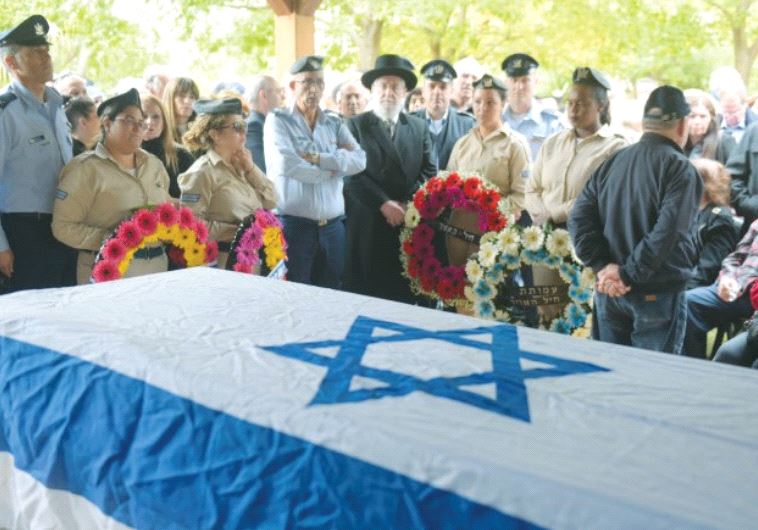Saying good-bye to Ran Pekker, the legendary IAF combat pilot
Ran made his mark because he commanded in the toughest of times.
 MOURNERS PAY their respects to IAF Brig.-Gen. (res.) Ran Pekker at his funeral in Kfar Vitkin(photo credit: AVSHALOM SASSONI)
MOURNERS PAY their respects to IAF Brig.-Gen. (res.) Ran Pekker at his funeral in Kfar Vitkin(photo credit: AVSHALOM SASSONI)